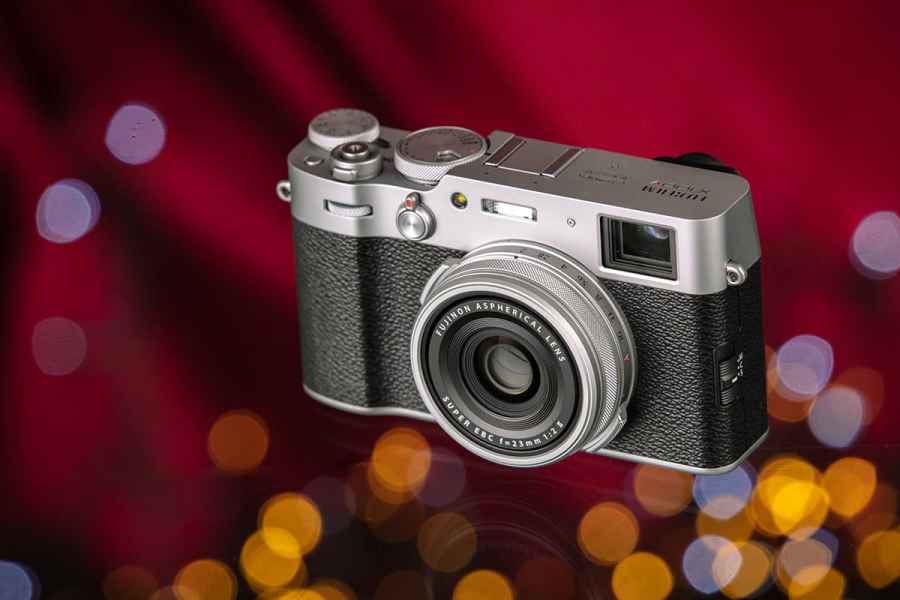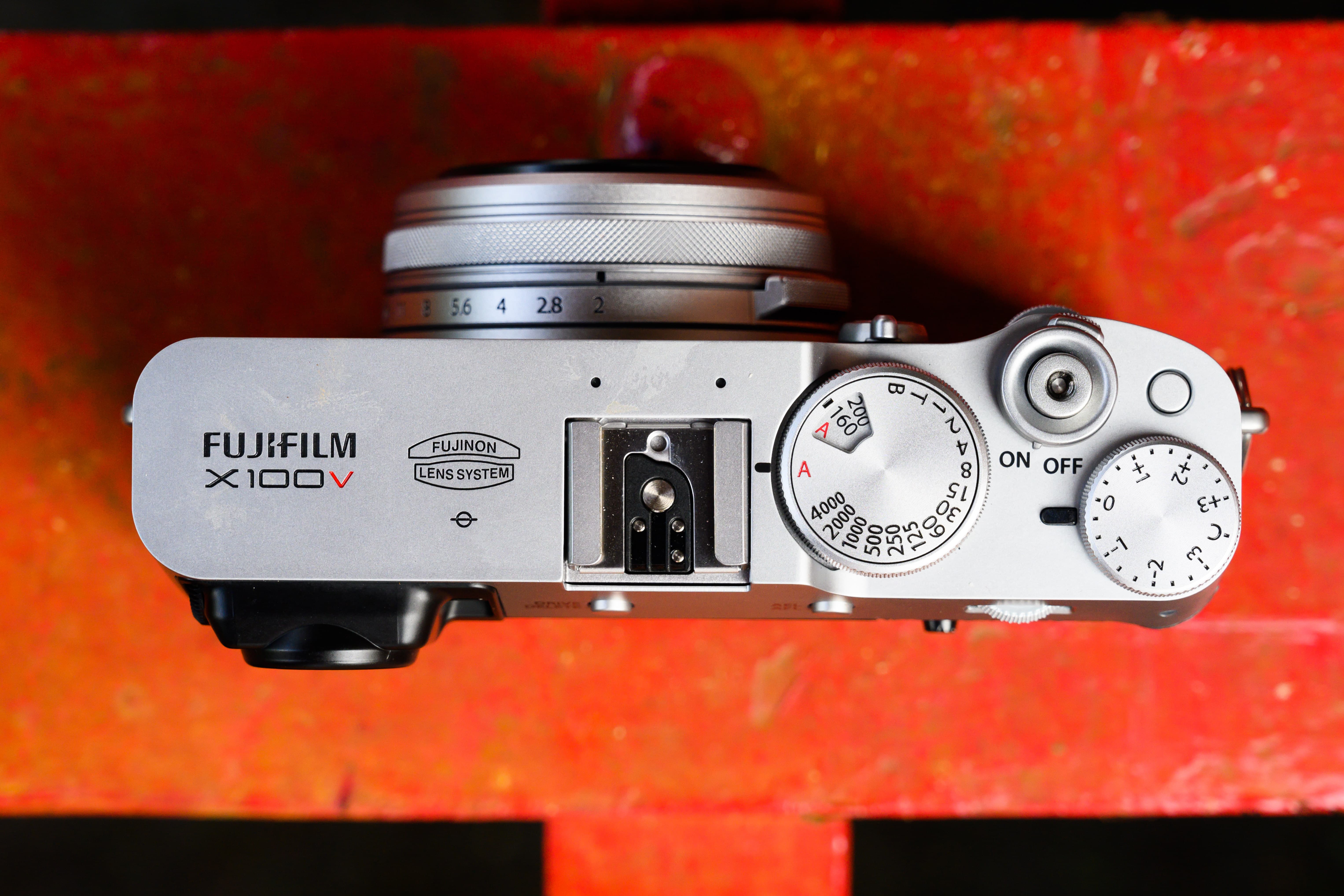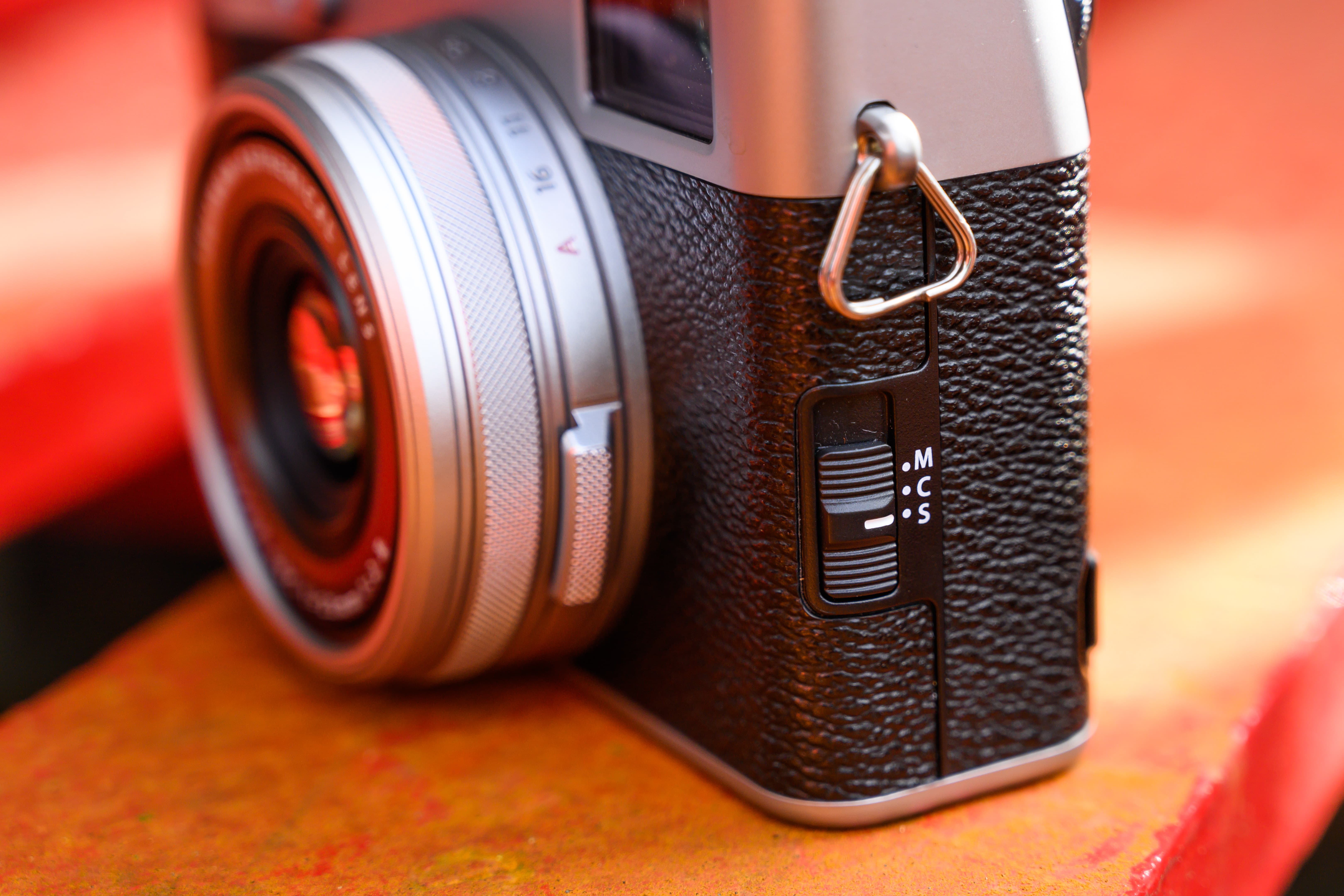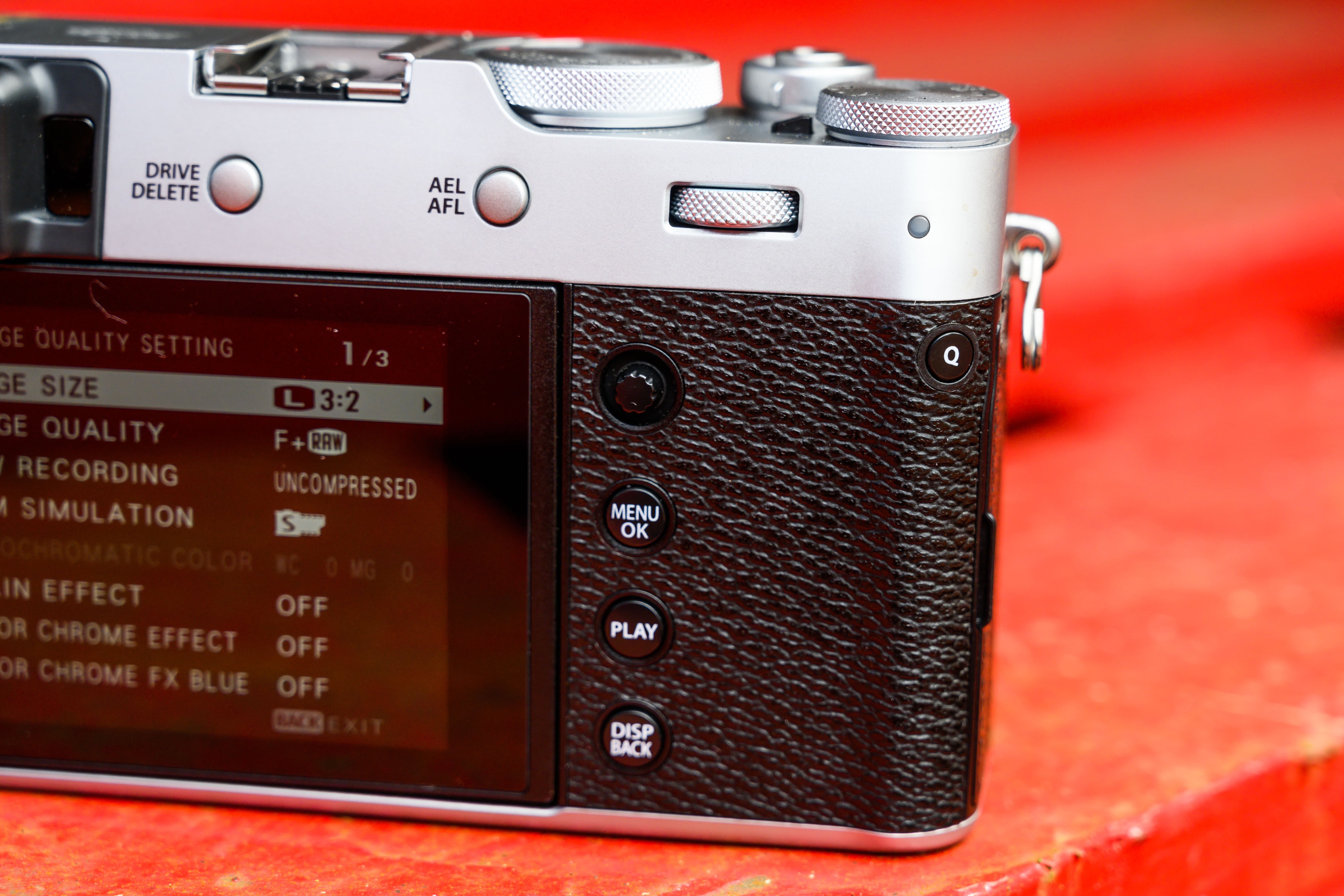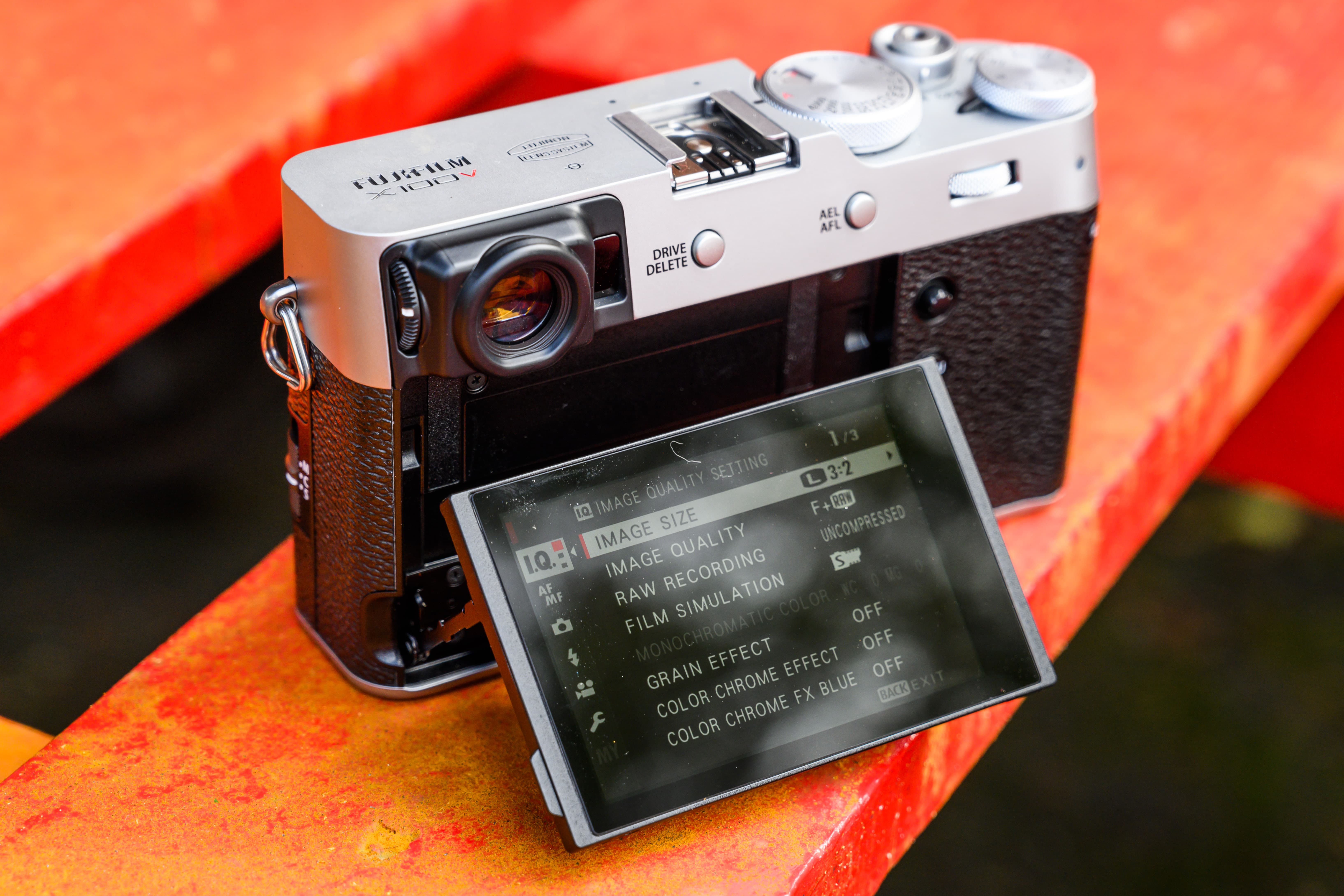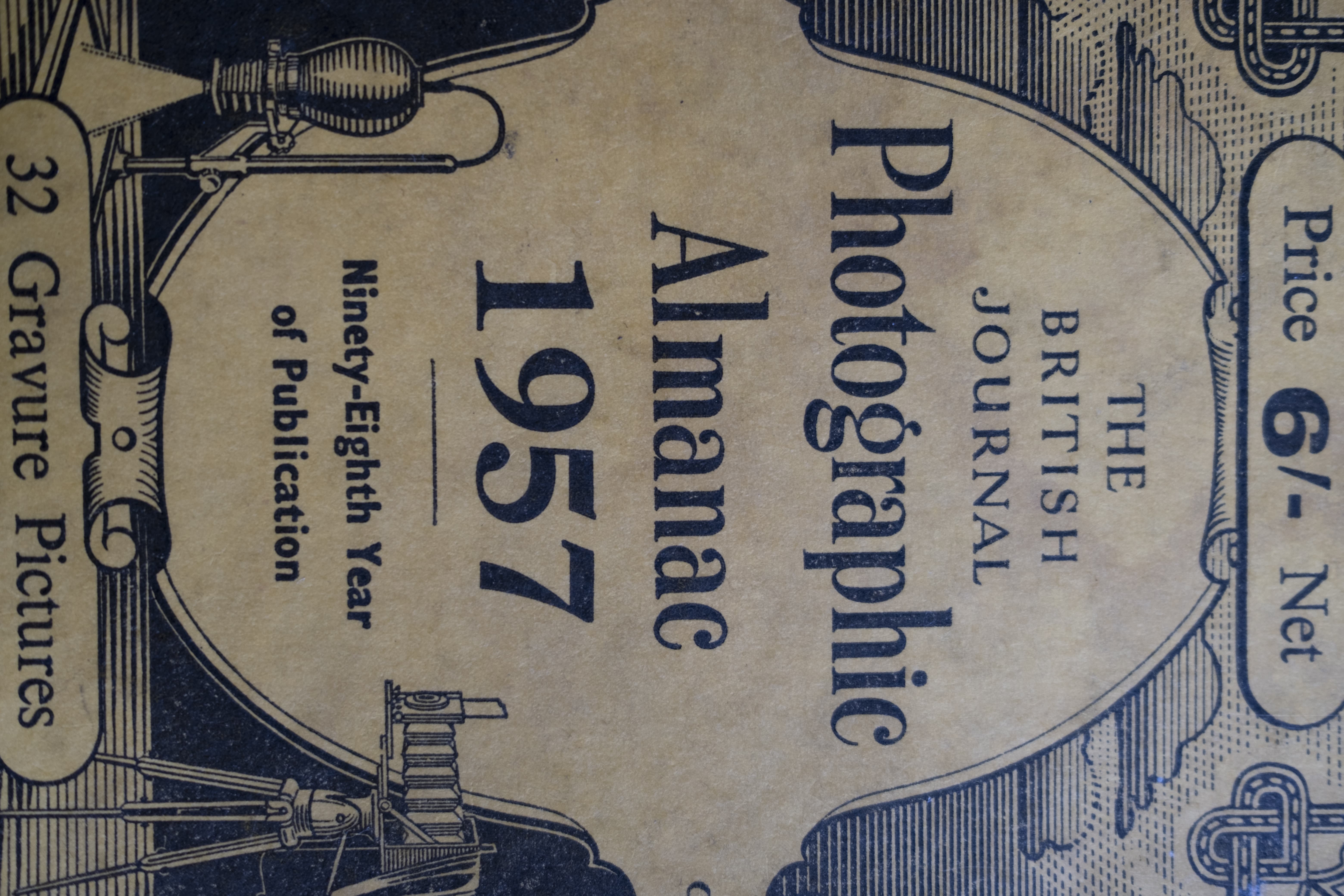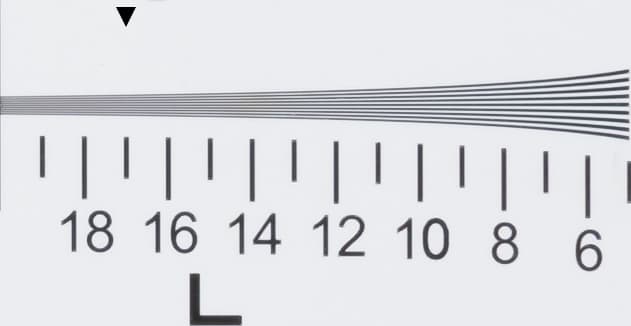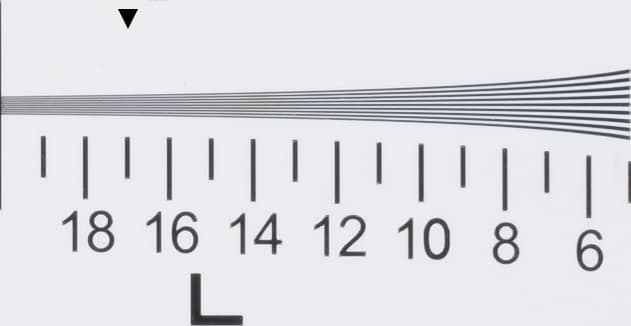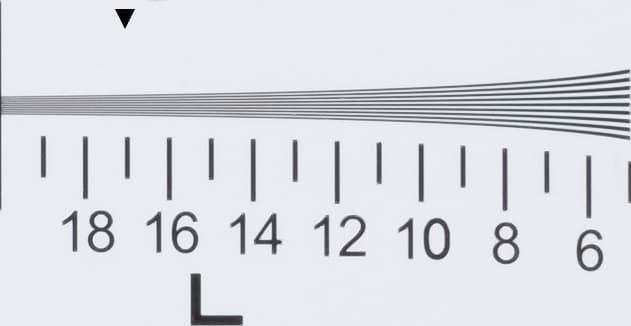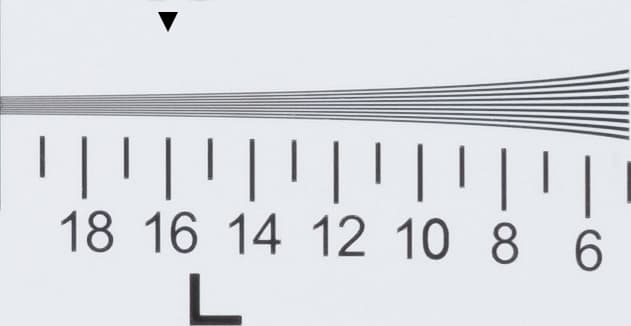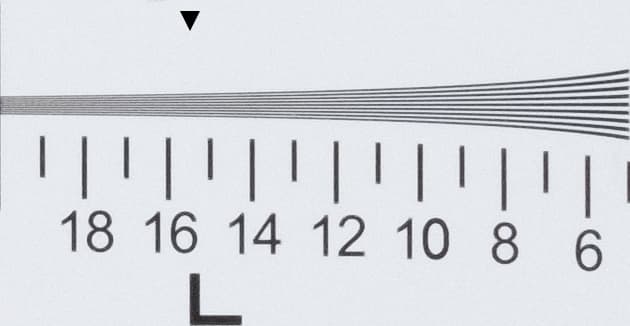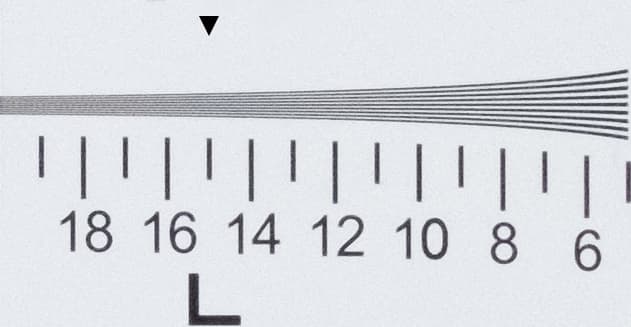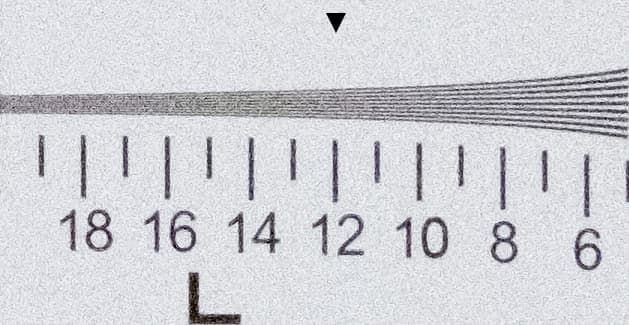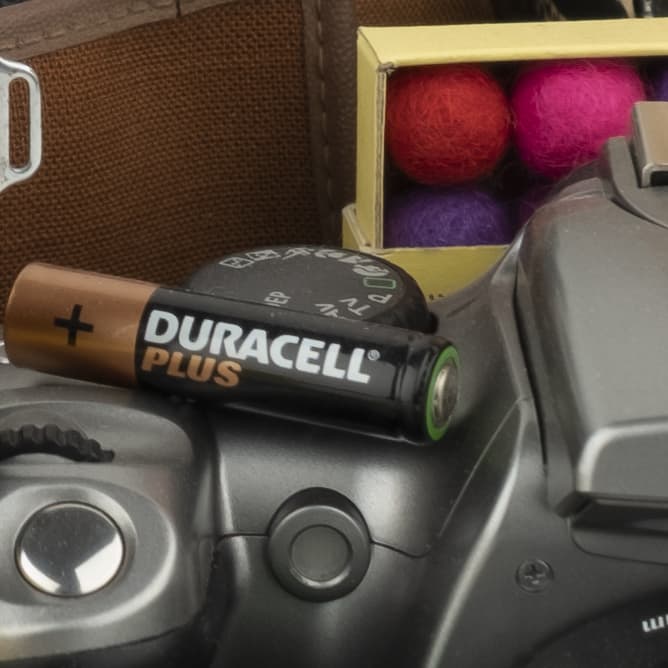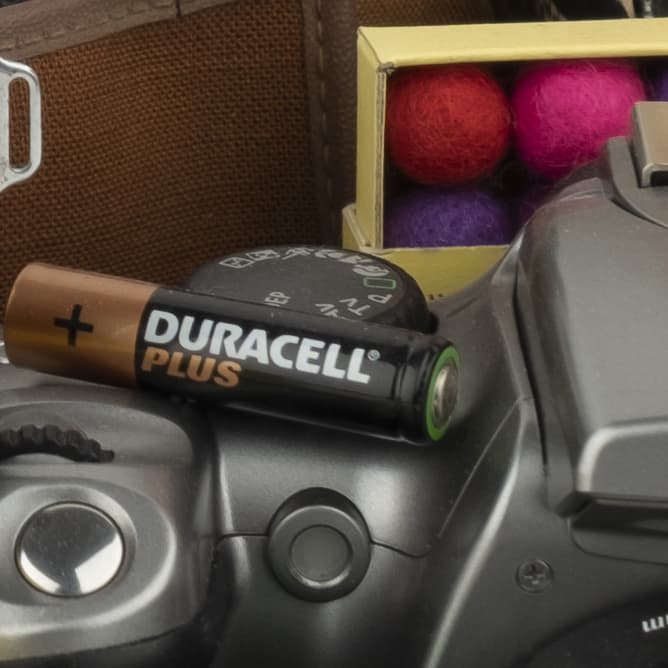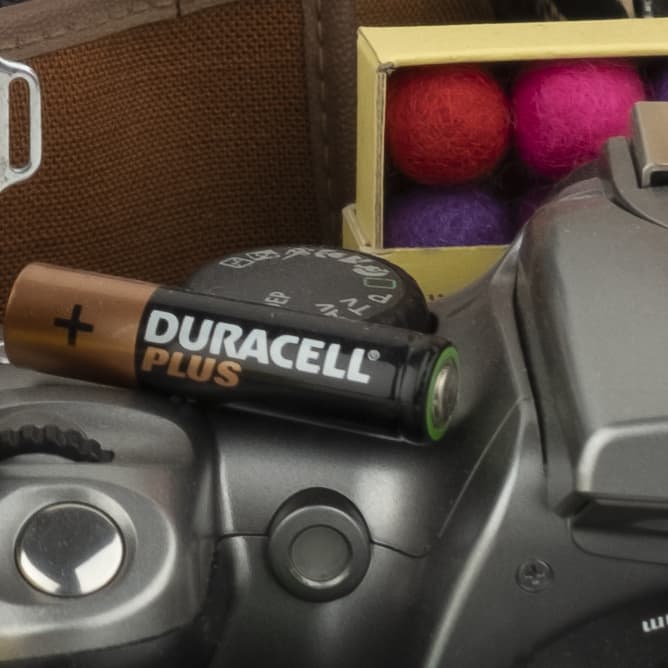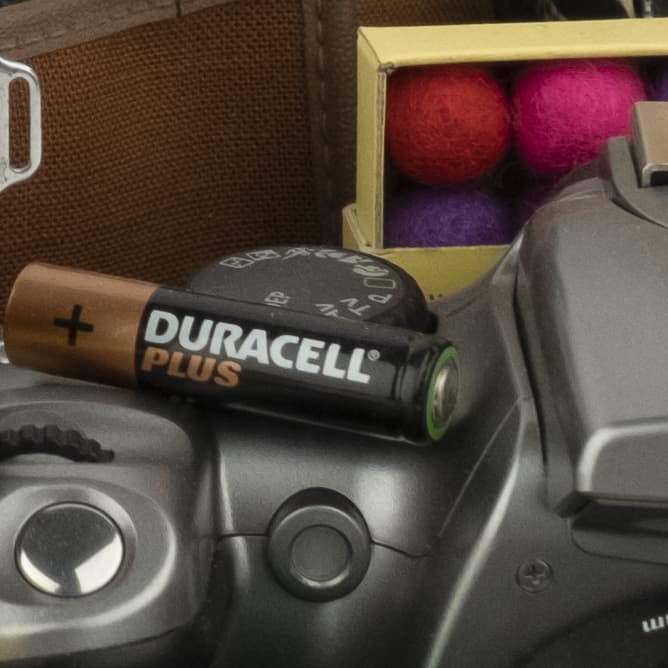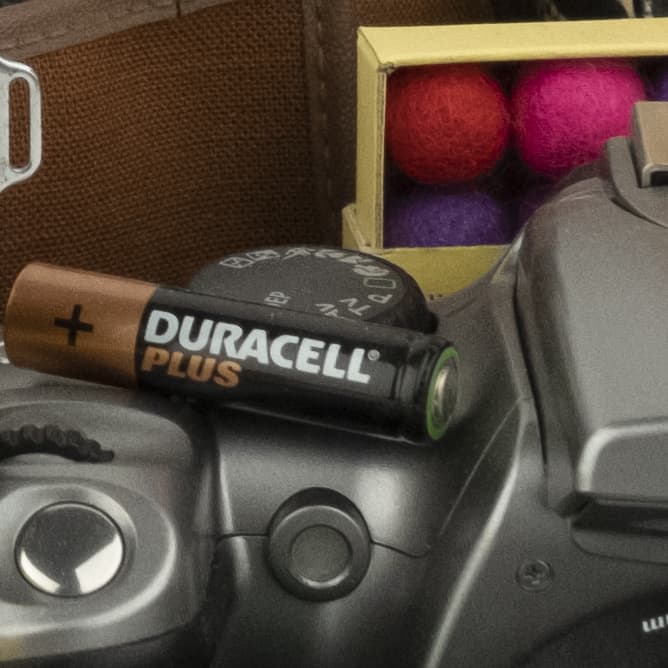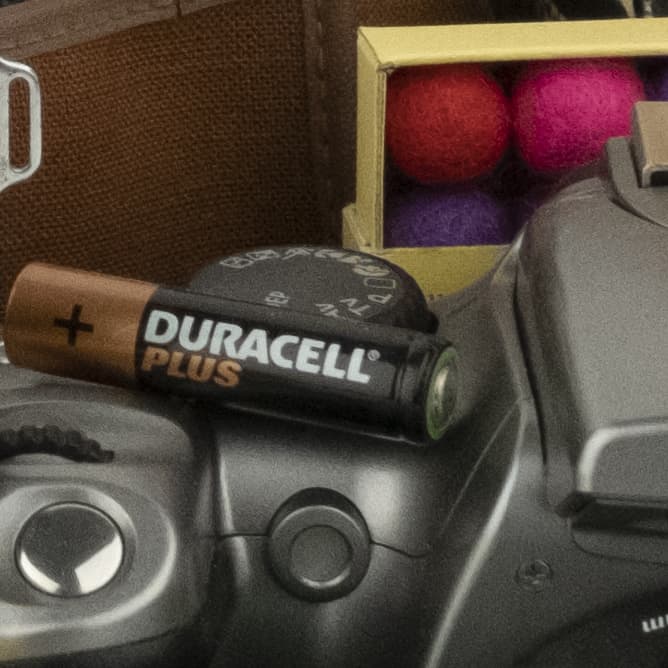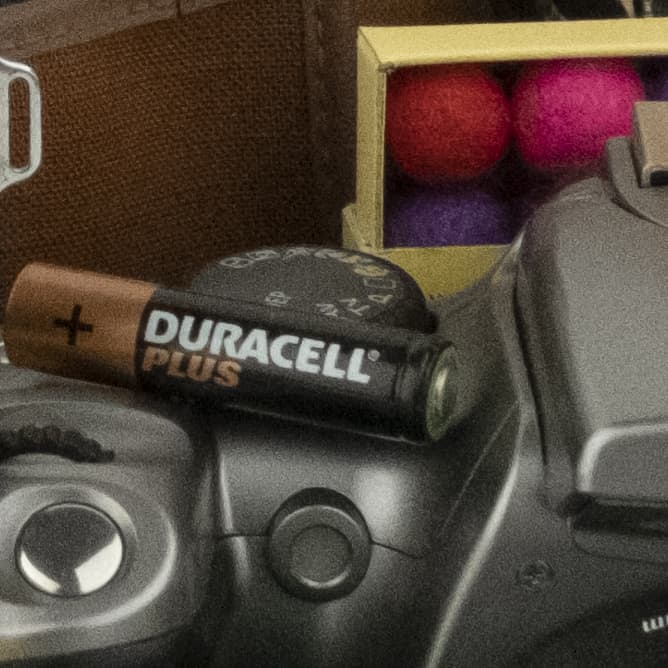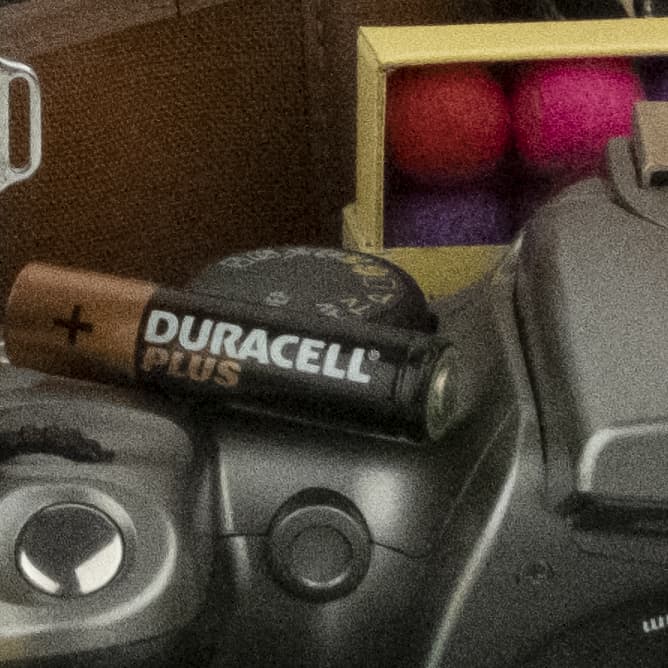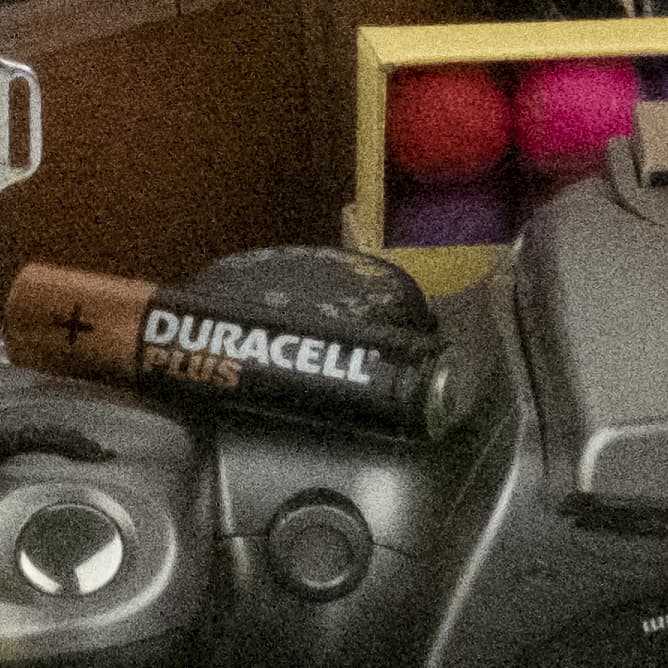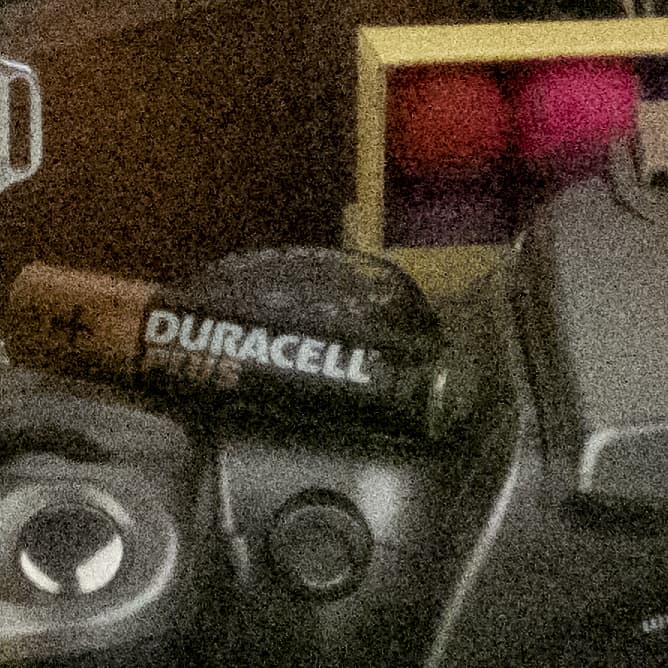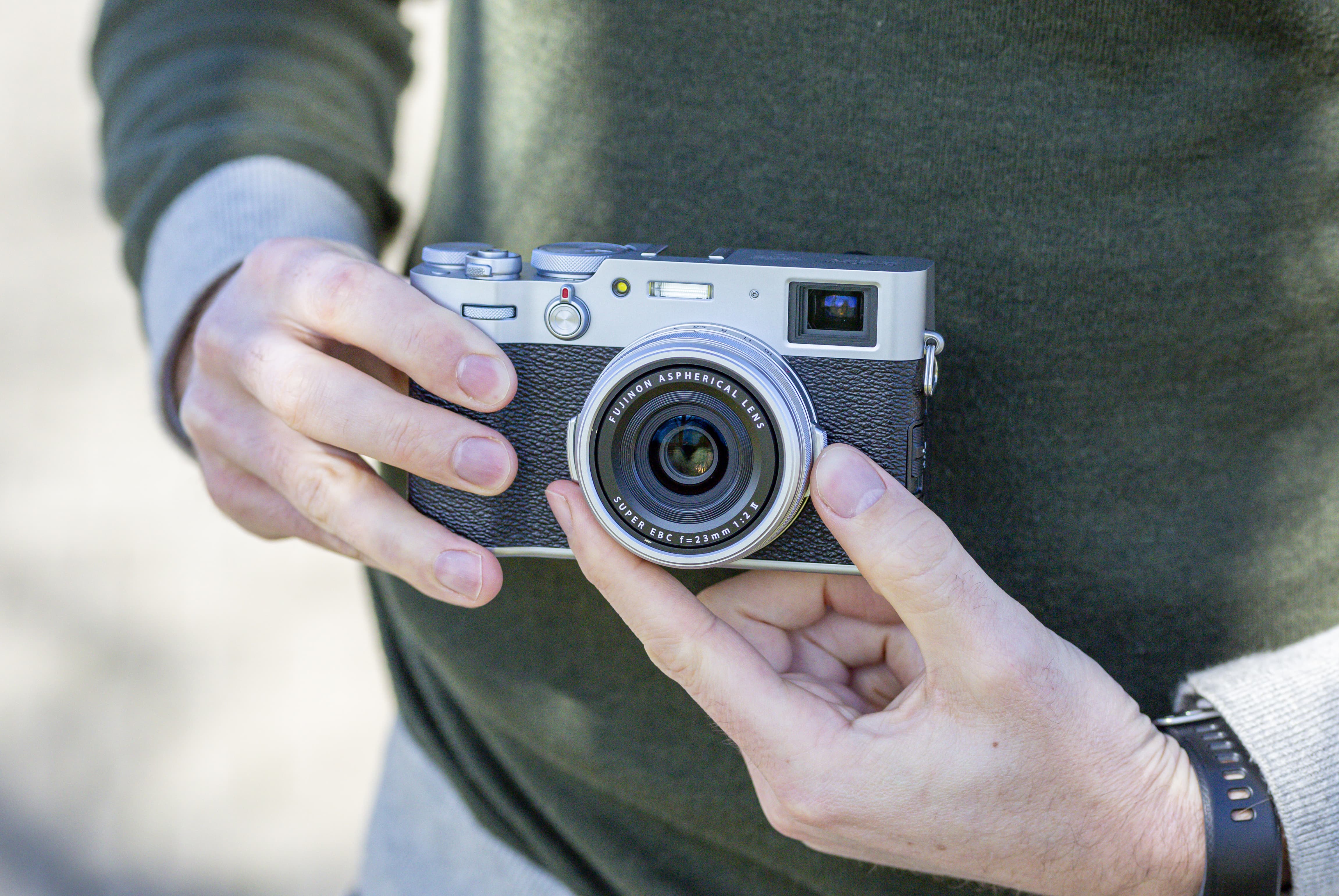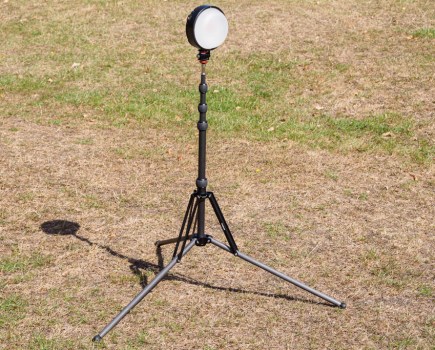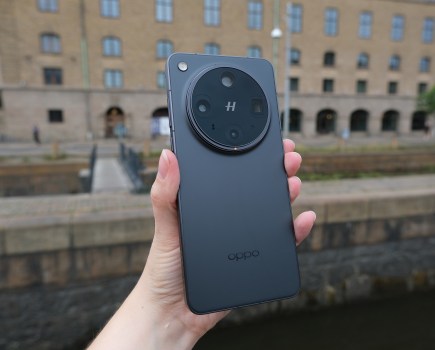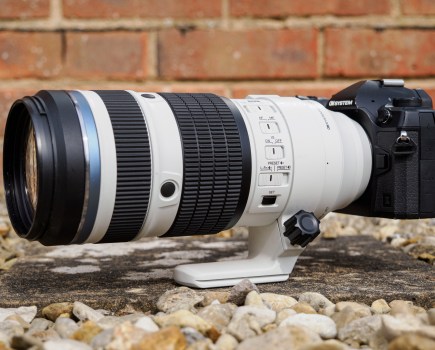Amateur Photographer verdict
The ultimate fixed-lens compact, the Fujifilm X100v is as satisfying to look at as it is to shoot with. Outstanding images are the result.- Outstanding image quality
- Beautiful to have and to hold
- 4k video capacity
- Superb AF system
- Weather-sealing
- Touch-screen not as good as buttons
The rise of smartphones, with their slimline convenience and rapid improvements to their cameras, has seriously disrupted the world of dedicated compact cameras. Despite this, Canon, Fujifilm, Ricoh, Panasonic, Sony and Leica continue to make them. We can see why. No phone can match the joy to use and image quality of the best compacts – of which the Fujifilm X100V is certainly one.
Many brands focus on producing ‘premium’ compact cameras; with large sensors, superb electronic viewfinders and fast, high-quality lenses. We rated the Fujifilm X100V as the top retro compact camera in our best compact cameras article. Here’s a summary of its features:e
Many brands focus on producing ‘premium’ compact cameras; with large sensors, superb electronic viewfinders and fast, high-quality lenses. We rated the Fujifilm X100V as the top retro compact camera in our best compact cameras article. Here’s a summary of its features:
At a glance:
- $1,960 (used) / from £1,330 (used)
- 26.1MP APS-C X-Trans CMOS 4 sensor
- X-Processor 4
- Fixed 23mm F2.0 lens
- Hybrid Viewfinder (OVF&EVF)
- Two-way tilting touchscreen
- 4K video at 30fps
- Compatible with legacy conversion lenses
Fujifilm’s popular X100-series has gained an excellent reputation with street and travel photographers. The combination of classic design, fast fixed lens, large APS-C sensor and hybrid viewfinder has been its recipe for success.
With the fifth member in the X100-series, Fujifilm found new ways to improve it by listening carefully to those who use its predecessors. But does the X100V still appeal and justify a four-figure price tag? It’s time to find out…
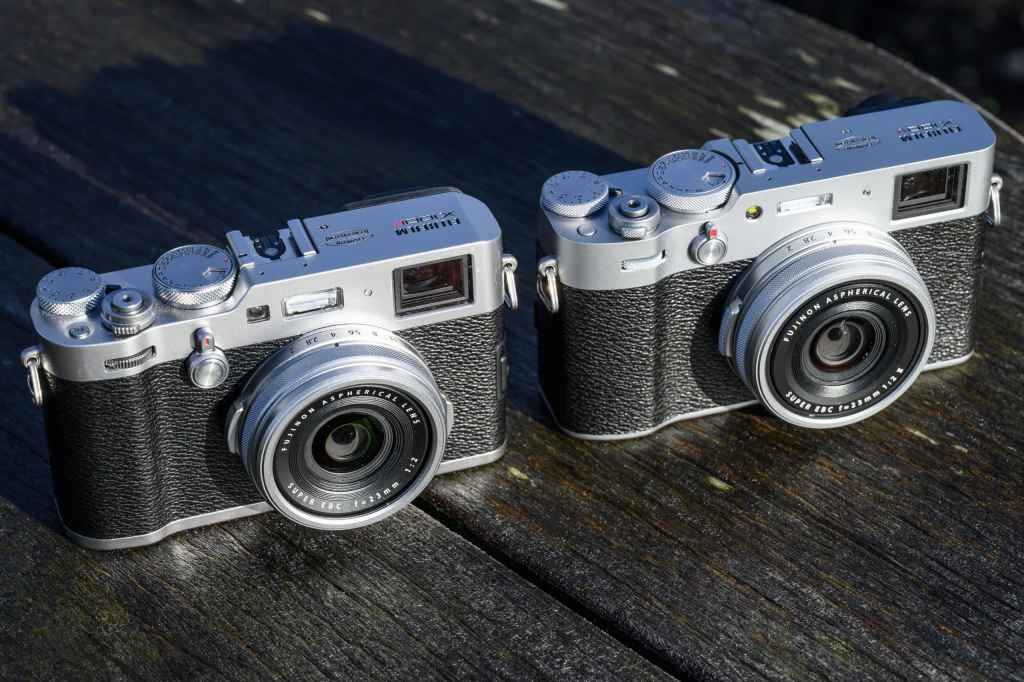
To find out what it’s like to own and use the Fujifilm X100V, have a look at our Fujifilm X100V Field Test.
Features
Viewed from the front, the X100 does not appear so different from its forebears. The soul of the X100 and X100S, X100T and X100F live on in it, yet the X100V changed in many ways.
Rather than inheriting the lens from the X100F, Fujifilm reconfigured it. The configuration of 8 elements in 6 groups remains, but the lens unites a pair of aspherical elements in its construction. Previous generations had just one.
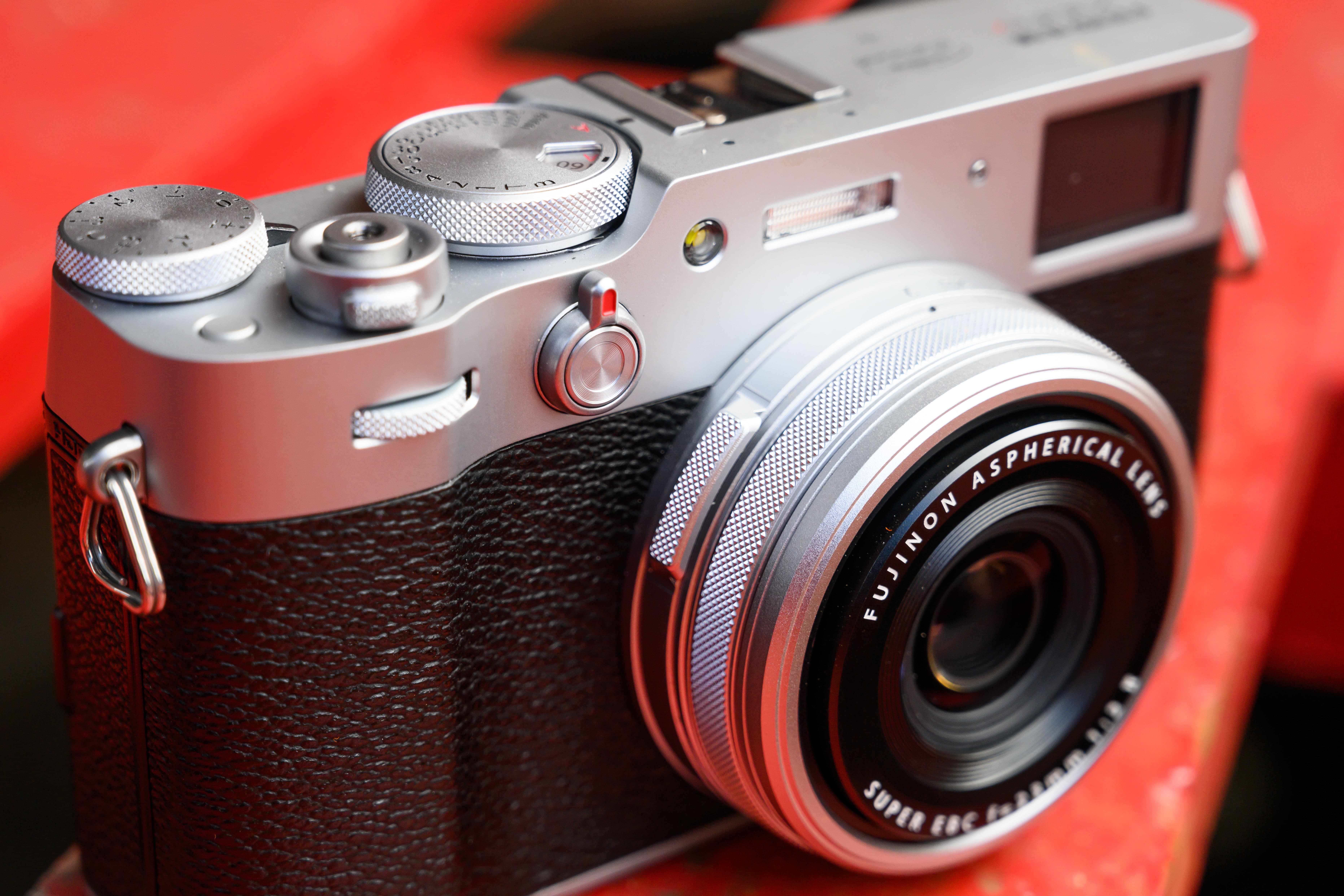
The 23mm fixed focal length (equivalent to 35mm) and aperture range (f/2 to f/16) is the same. It also upholds a minimum focusing distance of 10cm. Fujifilm say the newly added aspherical element results in better edge-to-edge sharpness, lower distortion and improved performance at close focus distances. The lens is, however, prone to extending and retracting very slightly when focusing.
There’s good news for those who own existing adapters or legacy conversion lenses. The dimensions of the lens are identical to existing models, making them fully compatible. You can also unscrew a ring at the front and attach Fujifilm’s wide conversion lens (WCL-X100 II) or tele-conversion lens (TCL-X100 II), turning the X100V’s 23mm lens into a 28mm equivalent (0.8x) or 50mm (1.4x) equivalent.
It’s important to acknowledge that Fujifilm’s first-generation conversion lenses remain compatible. Unlike the second-generation versions, the X100V doesn’t automatically detect these when attached. Instead, you manually select ‘tele’ or ‘wide’ from the conversion lens option in the menu; or from a pre-set function button.
Behind the X100V’s lens lies the same sensor and processor combination as many of Fujifilm’s premium X-series mirrorless models. The back-illuminated 26.1-million-pixel X-Trans CMOS 4 APS-C sensor and quad-core X-Processor 4 bring a number of benefits to the X100V. You get a wider sensitivity range of ISO 160-12,800 (extendable to ISO 80-51,200). There’s also continuous shooting rates of up to 11fps with the mechanical shutter, 20fps with the electronic shutter, or 30fps with a 1.25x crop.

It’s great to see Fujifilm using its latest generation X-Trans CMOS 4 technology inside an X100-series model for the first time. Although, such fast shooting speeds aren’t a prerequisite for its street, travel or documentary users.
The X100V’s autofocus has been improved, too. Like Fujifilm’s premium X-T and X-Pro models, the X100V spreads 2.16-million phase-detection pixels across the surface of its sensor and obtains focus as hastily as 0.02sec. There’s the ability to acquire focus in light levels as low as -5EV. Plus, users get to choose from 117 AF points arranged in a 9×13 formation across the frame, or increase this to a 425-point layout (17×25 grid) for more precise positioning.
The X100V is also equipped with face and eye detection, AF-C custom settings and Fujifilm’s AF range limiter function. You can use the latter to tell the lens to focus across a specific range of distances. This can be useful when the distance to the subject remains consistent and you’d like to stop the lens focusing across a wider AF range than necessary.
As we’ve seen on other X-Series models, the X100V’s mechanical focal plane shutter has a 1/4000sec limit. By activating the electronic shutter, there’s the option to shoot at up to 1/32,000sec. When you’d like to work with wide apertures in bright conditions, this option can be particularly useful. Helpfully, the X100V has its own 4-stop ND filter built-in too, which goes one better than the 3-stop ND filter of the X100F.
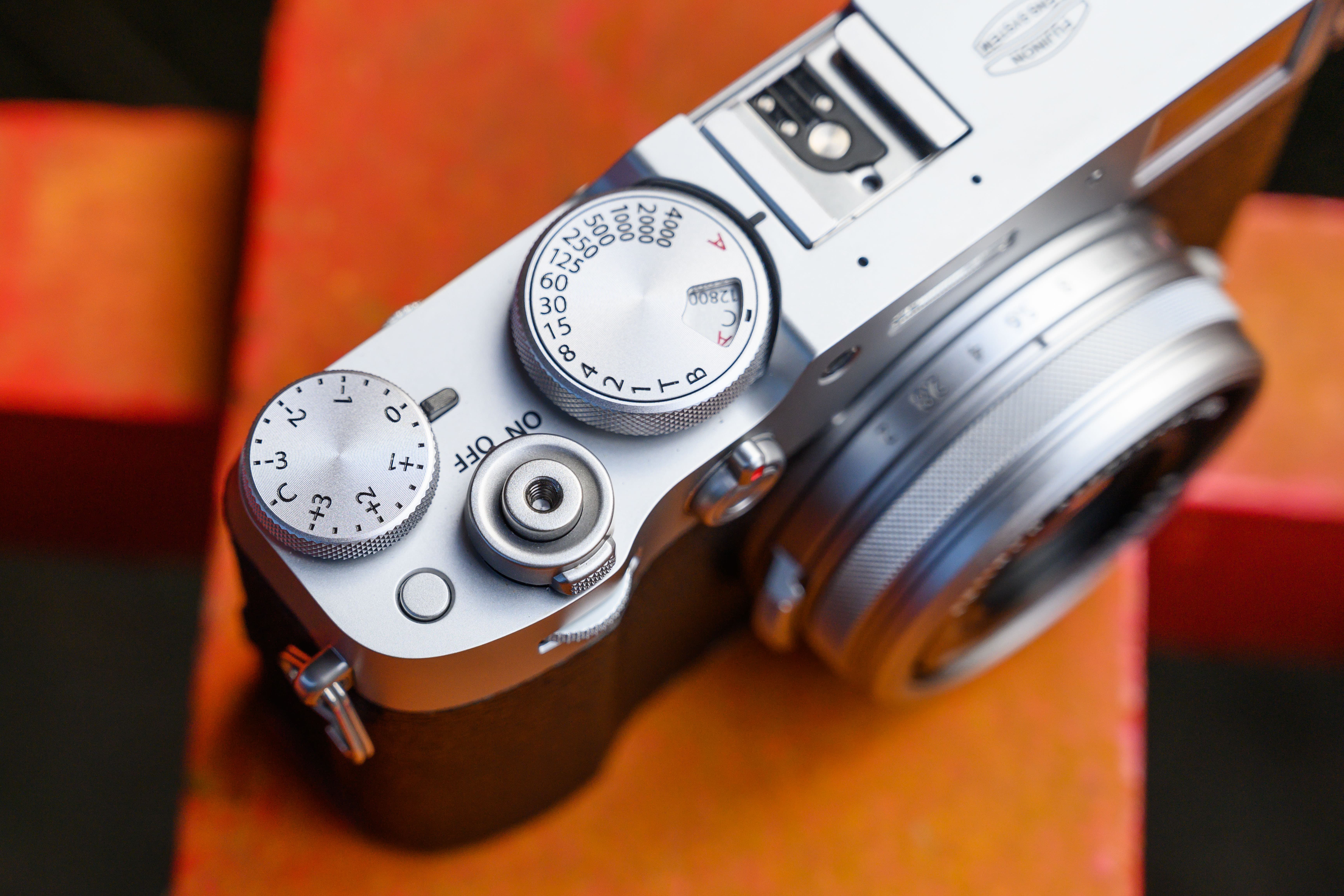
Monochromatic colour mode gives users precise control over how warm or cool images appear. Eterna and Classic Negative film simulations are added too and every film simulation is available when shooting video. For more on film simulations, check out our guide to Which camera company has the best film-simulation modes?
You can shoot 4K video footage at 30p/25p/24p with a bit rate of 200Mbps for up to ten minutes. Full HD video at up to 120fps is available for a maximum record time of fifteen minutes. Plus, you can record in 10-bit, 4:2:2 via the X100V’s HDMI port. It’s good to see video mode supporting face/eye detection, too. At the side, the X100V is equipped with a 2.5mm mic input, USB Type C port and HDMI (Type D) micro connector.

Like the X100F, the X100V accepts Fujifilm’s widely used NP-W126S battery. Shooting stamina is upped to 350 frames using the EVF, or 420 shots using the optical viewfinder. In-camera charging via USB is supported, and a USB cable (type A to C) comes supplied in the box. Wi-Fi and Bluetooth feature too, enabling wireless transfer and wireless remote control. Both require you to install Fujifilm’s Camera Remote app on iOS and Android mobile devices.
Weather Resistance
One of the criticisms X100-series models have received in the past is their lack of weather resistance. Many photographers want to have the option of shooting in all weather. So, Fujifilm added weather resistance around the body and to the viewfinder to ensure the X100V is more durable. In addition, it released an optional weather-resistant kit that consists of an AR-X100 adapter ring and PRF-49 protection filter.
The kit seals the lens from water, moisture, dust and sand. It costs $109 / £99 and is available in black or silver to match the two available camera finishes. You can find used versions of the weather-resistant kit online from $95 / £75.
Build and Handling
I’d say the X100V has received the biggest shake up in the history of the X100-series in terms of build and handling. You’ll notice the finish to the edge of the body is sharper, as the top and bottom plates are single pieces of aluminium.
The aluminium covers are built around a magnesium alloy frame to uphold a high level of robustness. These are exquisitely finished in a satin coating. Furthermore, the all-black version is anodised rather than painted to give it a deep black finish.
Fujifilm have removed the four-way buttons from the rear on this model. And the drive dial is where the view mode button was on the X100F. You’re forced to nudge the joystick to navigate the menu as a result. There aren’t any buttons beneath your thumb for quick access to customised functions, either.
Shifting the Q-menu button to the right a little has helped prevent accidental presses. However, it is slightly too small. There were times when I was searching for it with the viewfinder raised to my eye. The rear dial, like the front dial, benefits from a better-knurled finish. You can be depress both to activate user-defined functions.
Like the X100F, the X100V features an ISO dial built around the shutter speed dial on the top plate. To address criticisms that it was too fiddly on the X100F, Fujifilm redesigned it. It’s similar to the arrangement on the X100F – you lift the outer portion of the dial to adjust the ISO value. Another plus is it no longer requires lifting it and rotating it simultaneously. Pull the outer ring up and you can rotate the ISO dial freely with your thumb before you push back down to lock it in place.
To adjust sensitivity on the fly, you can set the ISO dial to its ‘C’ setting and use the front dial. This has always been my preferred way of working when needing to setup and shoot quickly. As we’ve seen before, the on/off switch encircles the X100V’s threaded shutter button that accepts traditional style screw-in cable releases. Although the button next to it is no longer labelled as a function button, you can hold it down to assign it a setting.

Like previous generations, the X100V feels solid and well constructed. It can sustain some rough and tumble as well as daily wear and tear. Its premium build quality is immediately obvious when you pick it up. Better still, it’s neither too big or heavy that it feels a burden to carry on days out.
Another benefit of its new weather resistance is that it allows you to head out with just one camera. In the past, many X100-series users have been known to carry a weather-sealed X-series body, such as an X-Pro2, in their bag for when wet weather strikes. Pack or attach the weather resistant kit before heading out and a second weather-sealed camera is no longer a necessity.
Viewfinder and Screen
Once again the X100V sports a hybrid optical/electronic viewfinder. In its optical mode, the finder provides parallax-corrected frame lines, detailed exposure information and other icons that reveal battery status, film simulation and image quality settings around the outside of the frame. I should point out, though, that you can’t always view these easily in bright or backlit conditions.

Compared to the X100F’s optical viewfinder, which offered 92% coverage and a 0.5x magnification, the X100V’s has increased to 95% coverage and 0.52x magnification. The EVF is the best we’ve ever used on an X100-series model. To activate EVF, pull the switch at the front of the body. The jump in resolution to 3.69-million dots, higher 0.66x magnification and improved brightness, contribute to a clear and refined viewing experience.
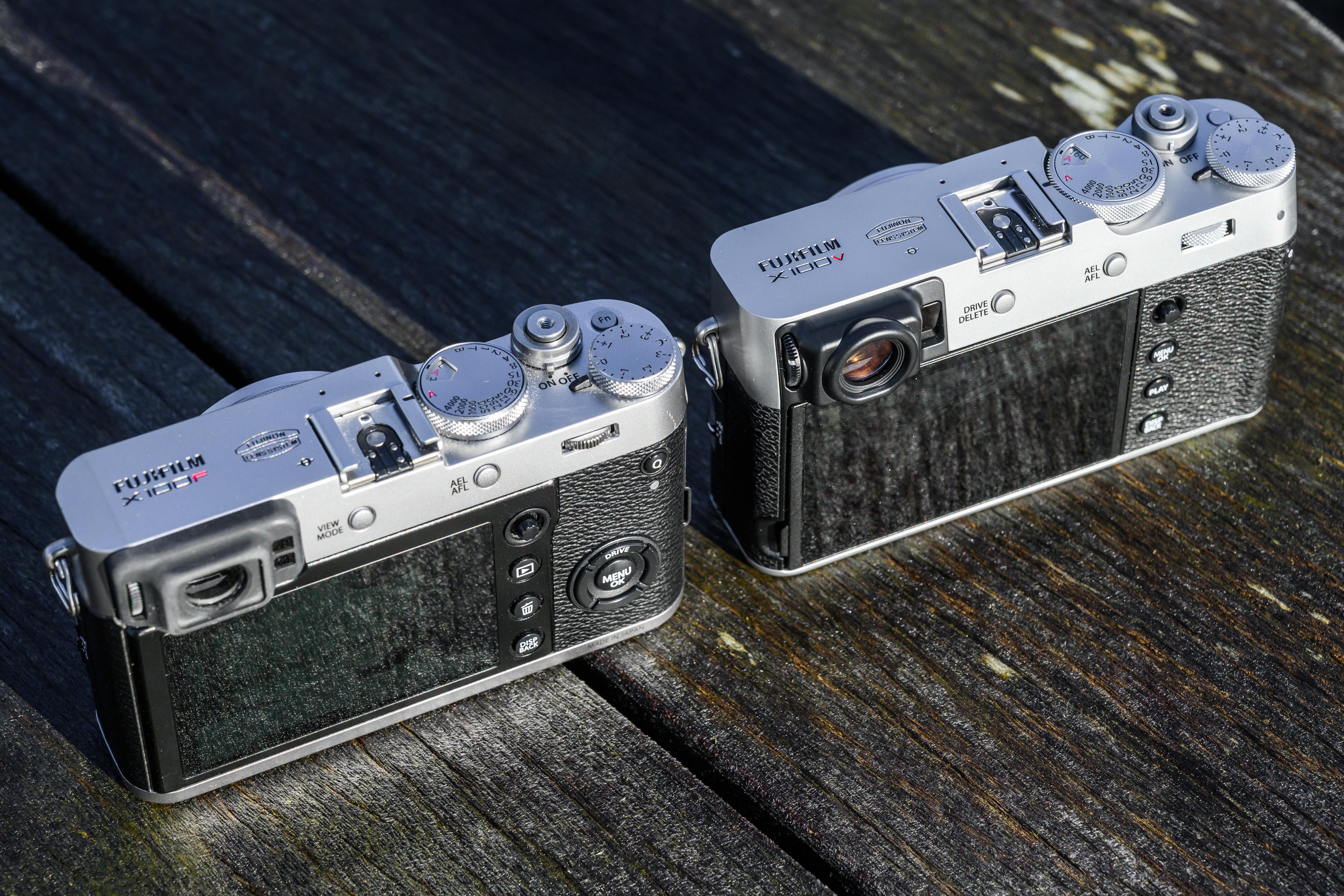
An entirely new LCD screen compliments the upgraded viewfinder, and you can use this for composition and playback purposes. The X100V is the first X100-series model to feature a two-way tilting 3in, 1.62-million-dot touchscreen. This assists with shooting from the hip or any awkward angles.
Fujifilm has implemented a tilting screen without adding any bulk by making it thin but not flimsy. One thing to note is when you angle the screen down you need to pull it out a little first. The touchscreen control extends to the quick menu, but not the main menu. You can control both with Fujifilm’s entry-level X-A7 and X-T200 mirrorless camera screens.
Performance
I conducted side-by-side tests with an X100F that MPB.com kindly loaned to us. Just like the X100F, the X100V produces impressive corner-to-corner sharpness with minimal distortion and chromatic aberration.
At long focus distances, the X100V’s lens produces marginally sharper results towards the edge when used at its maximum aperture. Where the obvious difference lies though is at close focusing distances (see above examples). Images taken on the X100F appear very soft when you attempt to focus on subjects as close as 10cm. Identical shots I took on the X100V revealed that sharpness at close distances is far superior. You won’t find that you’re forced to stop down to f/4 or smaller like you are on the X100F.
These findings confirm that the changes to the optical design have made a notable difference. That said, the lens does continue to exhibit veiling flare in instances when you shoot directly towards the sun. The lens hood (LH-X100) that Fujifilm makes for its X100-series can be purchased for $87/£69 to help mitigate flare.
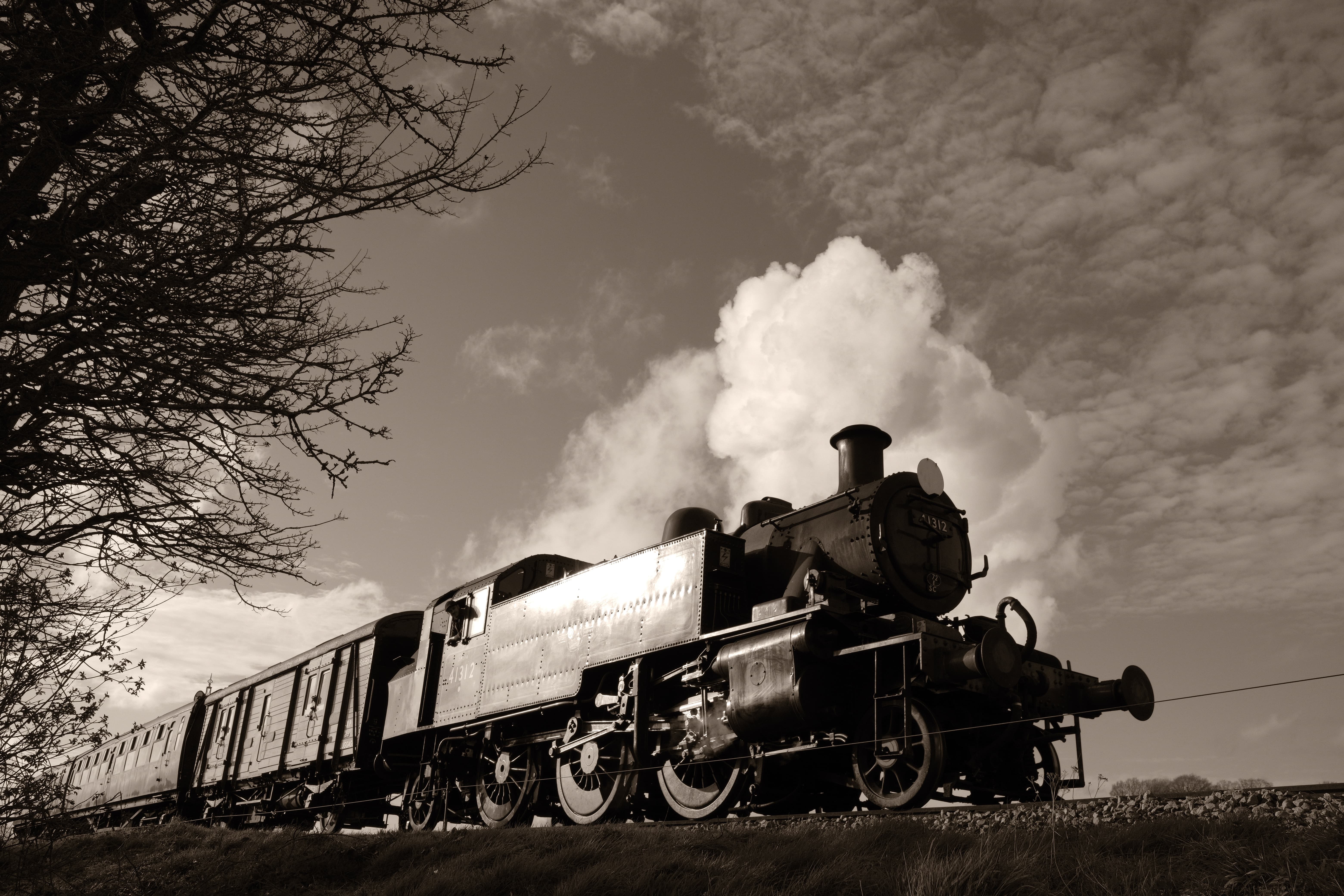
The camera’s start-up time is rated at 0.5secs. That’s slightly slower than the X-Pro3, but not something I found to be a deal-breaker. The auto power off function can be set between 15secs and 5 minutes. By setting this up you can preserve battery life, plus it saves you using the on/off switch quite as often.
The advantage that comes with having many more phase detection points spread across the sensor is more responsive autofocus acquisition. The X100V doesn’t tend to hunt as much as the X100F. I picked up on that behaviour when the focus point was positioned towards the edge of the frame and I attempted several shots in a dim indoors environment.
The fact the lens moves in and out during focusing does mean it can’t perform at the same rapid speed of today’s internal-focus lenses. Saying that, I didn’t encounter any missed opportunities during my testing because it failed to achieve focus fast enough. Just like Fujifilm’s latest mirrorless cameras, face and eye detection makes critical focusing a breeze when you’re shooting portraits. A yellow square inside the green face detection box reveals which eye it’s locked onto.
From the main menu, the X100V provides a plethora of options to aid with day-to-day shooting. The mechanical shutter is very quiet. However, there’s the option to take images in silence by activating the electronic shutter. This feature is great for street photographers who’d like to go about their work unnoticed.
A couple of batteries should suffice for a day’s shooting. However, be warned that transferring images wirelessly can see the battery level drain very quickly. The option to plug the X100V into a USB power-bank or USB car adapter is very convenient.
There are no surprises in terms of the X100V’s sensor output. In typical Fujifilm fashion, the quality of images straight out of the camera sees faithful colour and accurate exposure met by high levels of detail and excellent noise control.
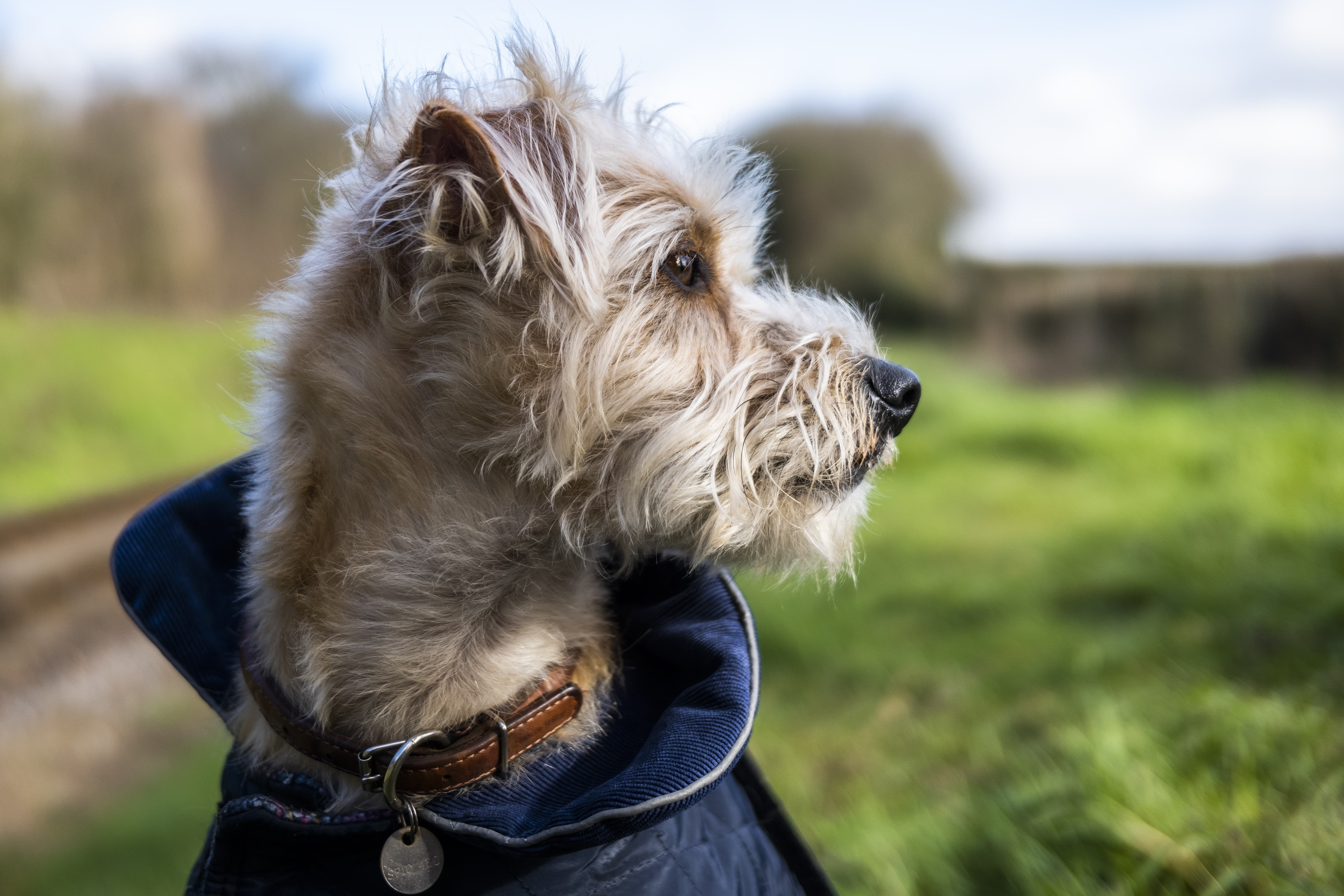
The new Classic Negative simulation has quickly become a favourite of many X-Photographers. It produces a vintage film vibe with increased saturation and more contrast than you get using Classic Chrome. Returning to Standard/Provia mode after using some of the rich film simulation modes colours can appear a little dull and lacking in vibrancy.
Experimenting with the tone curve using the highlight tone and shadow tone options found in the Q menu or main menu lets us maximise the dynamic range in JPEG images without affecting raw files. Increasing the highlight tone to a positive value brightens the highlights and decreasing it to -1 or -2 retains detail in brighter areas.
As for the shadow tone, increasing it to a positive figure darkens the shadows, whereas decreasing the value to -1 or -2 retains detail in the darkest areas. One slight peculiarity you’ll need to get your head around when adjusting these settings is the counterintuitive operation of the rear dial.
A fast burst performance isn’t the be all and end all for street and documentary photographers, nevertheless it’s something we always make a point of testing. Loaded with a fast SDHC UHS-II card capable of 260MB/s read and 240MB/s write speeds the X100V managed to record 18 raw files at 8fps or 11fps using its mechanical shutter. This figure increased to 40 frames at 11fps when the image quality was set to Fine JPEG.
Engaging the X100v’s electronic shutter allowed 17 raw files to be recorded at 20fps before slowdown occurred – one frame more than was recorded at 30fps with a 1.25x crop. Approximately 33 Fine JPEGs were recorded at 30fps before the camera showed signs of slowing.
Image Quality
The X100V features the tried and tested 26.1-million-pixel X-Trans CMOS 4 APS-C sensor that’s used by the X-T4, X-T3, X-Pro3 and X-T30. It has a back-illuminated structure to enhance low-light performance and with no optical low-pass filter users will find extremely fine detail is preserved high into the ISO range.
While the finest image quality is achieved by shooting in Raw, the quality of JPEGs straight out of the camera is astonishingly impressive. JPEGs don’t suffer from being too heavily processed, with colours remaining punchy and true-to-life.
Resolution
The level of detail recorded by the X100V’s sensor is comparable to the detail resolved by the X-T3, X-T30 and X-Pro3. It resolves a maximum of 3,400l/ph between ISO 100 and ISO 400, with resolution dropping ever so slightly at ISO 800 to 3,200l/ph. Pushing past ISO 800 sees the level of detail stand up extremely well with 3,200l/ph being resolved at ISO 1600 and 3,100l/ph at ISO 3200. Detail dips below 3,000l/ph when the sensitivity is pushed beyond ISO 6400. The detail resolved at ISO 12,800 (2,900l/ph) remains high and the sensor even manages to resolve 2,400l/ph when shooting in the expanded ISO 51,200 setting.
Noise
The X100V is the fourth Fujifilm X-series camera we’ve tested that uses the 26.1-million-pixel X-Trans CMOS 4 APS-C sensor. Shoot between ISO 80 and ISO 800 and you’ll be guaranteed wonderfully clean images free of noise. It’s only when you select ISO 1600 that you start to notice noise appearing under close inspection. Noise is so well controlled at the ISO 1600 and ISO 3200 settings that users won’t find themselves shying away from using them. ISO 6400 is useable too with some noise reduction applied, but luminance noise does start to become a little more pronounced in images captured at ISO 12,800. The detail that’s resolved at ISO 12,800 isn’t quite what it is at ISO 3200, however this wouldn’t put me off pushing the X100V to ISO 12,800 in low-light situations. The extended settings should be given a wide berth if you want to preserve optimum image quality.
Fujifilm X100V Review: Verdict
It’s clear that Fujifilm has a good thing going with its X100-series. We’ve seen it evolve a long way and the X100V preserves the iconic design and classic styling that X100-series cameras have become known and loved for.
With the X100V, Fujifilm didn’t simply add their latest X-Trans CMOS 4 sensor and fastest processor: they advanced it to the nth degree. The result is a better tool for photographers who like the simplicity of a fixed lens compact, and others who like a beautifully designed camera that fits a jacket pocket, and can be accessed easily to capture truly stunning images.
The X100V excels in many crucial areas, not least its lens, which contributes to much sharper, crisper images when shooting close subjects at wide apertures. Then there’s the autofocus system, which is snappier in operation and covers a wider area of the frame. The ability to record 4K video, albeit up to 10 minutes in length and without being able to employ the ND filter, is good to have too and the tilting screen is so thin it allows users who’d like to shoot inconspicuously from the hip to do so without adding any extra bulk to the body.
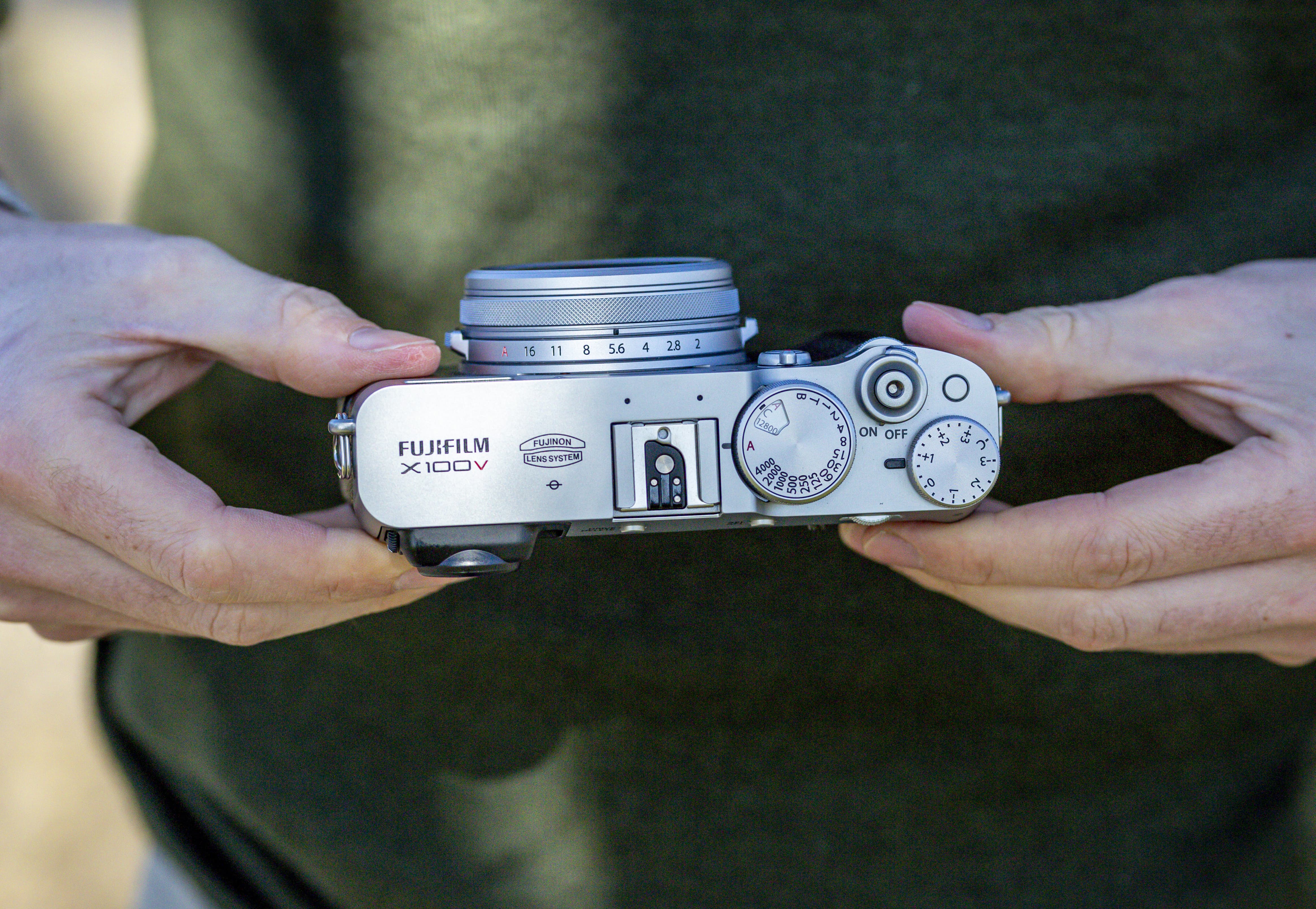
There will be some who’d prefer it if it was weather sealed out of the box or supplied with the weather resistant kit at no extra cost, but this is a minor gripe on what is otherwise a very robust and extremely well finished camera. The removal of the four-way buttons at the rear is my only real criticism, which I’d like to have seen preserved like they are on Fujifilm’s X-T3 and X-T4. Though I accept the touchscreen can be swiped to access different functions, this isn’t the same in my opinion to having physical buttons below your thumb that you can quickly and easily access with your right hand.
To conclude, the X100V is a gorgeous little camera that’s as satisfying to look at as it is to shoot with. It has a special thing going for it in the way it inspires you to venture out and take pictures, which I put down to how easy it is to carry and the great images it creates straight off the bat. Anyone who buys the X100V can’t fail to fall in love with it.

If your budget doesn’t quite stretch to the fabulous X100V, check out the best Fujifilm cameras, and don’t miss our guide to the best Second-hand Classic Compact Cameras. If you can’t find the X100V, then have a look at our guide to the best retro Fujifilm X100V alternatives.
Our first impressions – what follows are our observations when the camera was first released:
Fujifilm X100V: At a glance
- $1,399 / £1,349
- 26.1MP APS-C X-Trans CMOS 4 sensor
- X-Processor 4
- 23mm F2.0 lens
- Hybrid Viewfinder (OVF&EVF)
- Two-way tilting touchscreen
- 4K video at 30fps
- Compatible with legacy conversion lenses
Hot on the heels of its latest entry-level mirrorless release, the X-T200, Fujifilm has unveiled its fifth model in its iconic and stylish X100 series. The all-new Fujifilm X100V replaces the Fujifilm X100F from 2017 and introduces a number of improvements to make it the most advanced premium fixed lens compact in Fujifilm’s history.

Top of the list of new and improved features are a redesigned 23mm F2.0 fixed lens, a two-way tilting screen and advanced weather resistance – things we’re told Fujifilm has received many requests for from existing X100 users.
We recently laid hands on the X100V at Fujifilm’s X-Summit 2020 live broadcast in London where we got a chance to study it in detail and form some early impressions.
Features
The X100V is the latest X-series camera to inherit Fujifilm’s 26.1MP X-Trans CMOS 4 APS-C sensor and quad-core X-Processor 4. These are also used in the X-T3, X-Pro3 and X-T30. Together they deliver a sensitivity range of ISO 160-12,800 (extendable to ISO 80-51,200), along with continuous shooting rates of 11fps with the mechanical shutter, 20fps with the electronic shutter, or 30fps with a 1.25x crop.

To compliment the X100V’s sensor, Fujifilm has designed a new 23mm F2.0 lens for the X100V that promises better resolution, lower distortion and improved performance in the corners and at close focus distances. The good news is that the improvements to the optics have had no influence on the size of the lens, meaning it remains fully compatible with existing adapters and legacy conversion lenses.
Photographers can use the wide conversion lens (WCL-X100 II) or tele-conversion lens (TCL-X100 II) to extend the X100V’s fixed 23mm focal length (equivalent to 34.5mm in 35mm terms) to a 28mm equivalent (0.8x) or 50mm (1.4x) equivalent lens.

In addition to weather sealing around the body and viewfinder, Fujifilm has designed a weather resistance kit for the X100V (£99) to enhance its operability in poor weather. The adapter ring (AR-X100) and protection filter (PRF-49) make the X100V fully weather resistant and for UK customers this kit will be sold at half price (£49.50) when purchased with the camera.
Like its predecessors, the X100V features a hybrid optical/electronic viewfinder. In its optical mode, the finder continues to provide parallax-corrected frame lines, along with detailed overlaid exposure information, but now offers wider 95% coverage and a higher 0.52x magnification. As for the EVF, this has been upgraded to offer a clearer viewing experience with a 3.69-million-dot resolution, 0.66x magnification and improved contrast and brightness.

The X100V’s autofocus performance goes one better too. It can now focus down to -5EV in low light and spreads no fewer than 2.16-million phase-detection pixels across the surface of its sensor. Users can select from 117 AF points laid out in a 9×13 formation, which can be increased to a 425-point layout consisting a 17×25 grid.
Furthermore, the X100V provides enhanced face and eye detection and is equipped with Fujifilm’s focus limiter function that can be used to set the lens to a specific range of distances, which can be useful when the distance to the subject photographed remains consistent and fast focus is required.
Other new additions include built-in 4-stop ND filter, which improves on the X100F’s built-in 3-stop ND filter, and a wider selection of film simulation modes. These include the Classic Negative mode that made its debut in the Fujifilm X-Pro3.
Videographers benefit from having the ability to record 4K video at 30p or Full HD at up to 120fps. Those who’d like to record in 10-bit, 4:2:2 can do so via the X100V’s HDMI port, it has a 2.5mm microphone input at the side, and film simulation modes, such as Eterna, can be applied to video footage.

Another welcome improvement is the X100V’s improved battery life. This lasts for 350 frames when using the EVF, or 420 frames using the optical viewfinder (OVF). With a USB Type-C port at the side, users have the option to charge on the go, and just as you’d expect, Wi-Fi and Bluetooth is built-in to enable wireless transferring and remote control with devices running Fujifilm’s Camera Remote app.
Build & Handling
The X100V shares the same charm and elegance with its predecessors, however there are quite a few differences that aren’t immediately obvious. With regard to its build quality, the top and bottom plates are now manufactured from single pieces of aluminium, resulting in a much cleaner and crisper finish around the edge of the body than previous versions.
The aluminium covers, which are built around a magnesium alloy frame to uphold a high level of robustness, are also exquisitely finished in a satin coating, with the all black version being anodised rather than painted to give what Fujifilm calls a ‘deeper black finish’.
On the top plate, the X100V, like the X100F, benefits from an ISO dial that’s built around the shutter speed dial. It’s rather similar to the arrangement you’ll find on Fujifilm’s X-Pro3 in that the outer portion of the dial is lifted to adjust the ISO value, but it’s also vastly improved in the way it doesn’t have to be lifted and rotated simultaneously. Pull the outer ring up and the ISO dial can be rotated freely with your thumb before it’s pushed back down to lock it in place. It’s a much-improved design that we can see other X-series models benefiting from in the future.

At the rear of the camera some further changes have been made. The most significant is the new two-way tilting 3in, 1.62-million-dot touchscreen that replaces the fixed screen of old. By designing the screen unit incredibly thinly, users get the benefit of a tilt screen with no additional bulk – indeed you wouldn’t really know it’s a tilt screen if it wasn’t for the cut-out at the bottom corner of the body that makes it easier to pull out.
Touchscreen control extends to the quick menu, however the X100V doesn’t support navigation of the main menu by touch like we’ve recently seen on Fujifilm’s entry-level X-A7 and X-T200 mirrorless cameras.

The other change at the rear is the absence of a four-way controller. Instead users are encouraged to use the joystick and the Menu/OK, playback and DISP/Back buttons that are aligned beneath. A quick menu button remains, but this has been shifted to the right a little to prevent accidental thumb presses.
Though the thumb grip is said to have been refined, the feel of the X100V in the hand when you’re shooting is almost identical to its predecessor, the X100F.
First Impressions
It’s clear that with the X100V, Fujifilm has listened carefully to what existing X100 users have had to say and responded by making a series of valuable improvements to key areas of its operation and design.

If the examples we were shown of how the new lens resolves sharpness is anything to go by, we can expect the X100V to produce far better image quality in the corners, plus with the addition of weather resistance, photographers will no longer be afraid of using it, or feel forced to switch to a different camera when the weather conditions takes a turn for the worse.

Adding a tilt screen will be of huge benefit to street photographers who like to shoot inconspicuously from the hip and other tweaks such as improving the hybrid viewfinder, refining ISO control from the top plate and giving it an even more premium finish are likely to allure existing X100 users into thinking about an upgrade. We instantly fell in love with the X100V in the short time we used it. This review declares the Fujifilm X100V camera as small and great.
How we test cameras
We test cameras primarily by using them to take photographs and video in a wide range of real-world situations. We evaluate their control layouts and handling, and the usability of their viewfinders and screens. We assess their autofocus across a range of different subjects and shooting scenarios and check their continuous shooting capabilities. We also examine the effectiveness of their image stabilisation systems.
Last but by no means least, we critically evaluate the image quality, in both JPEG and raw, including resolution, high-ISO noise, and dynamic range. We then take all these factors into account, along with such things as portability and lens systems, when giving our final conclusion and score.

